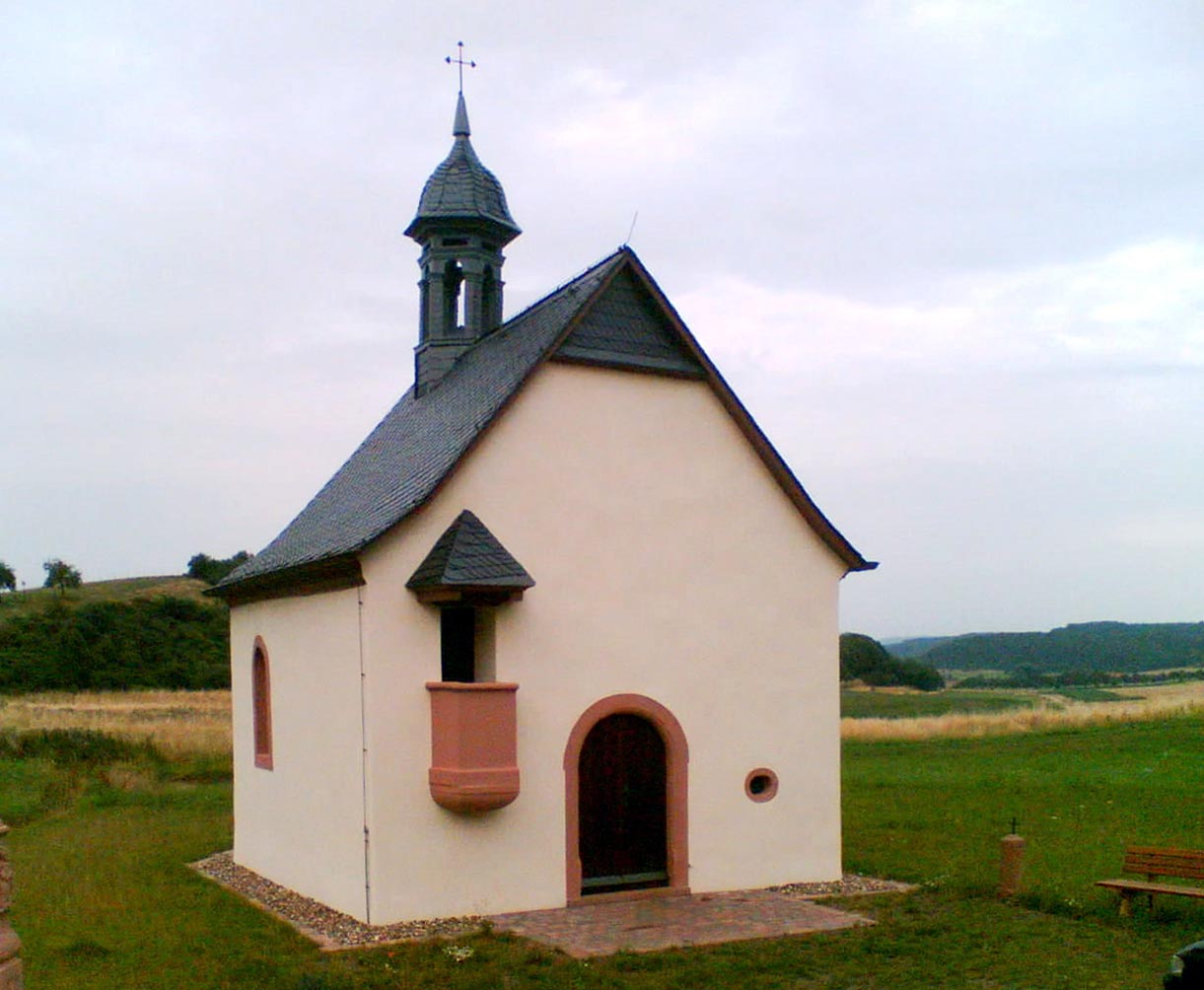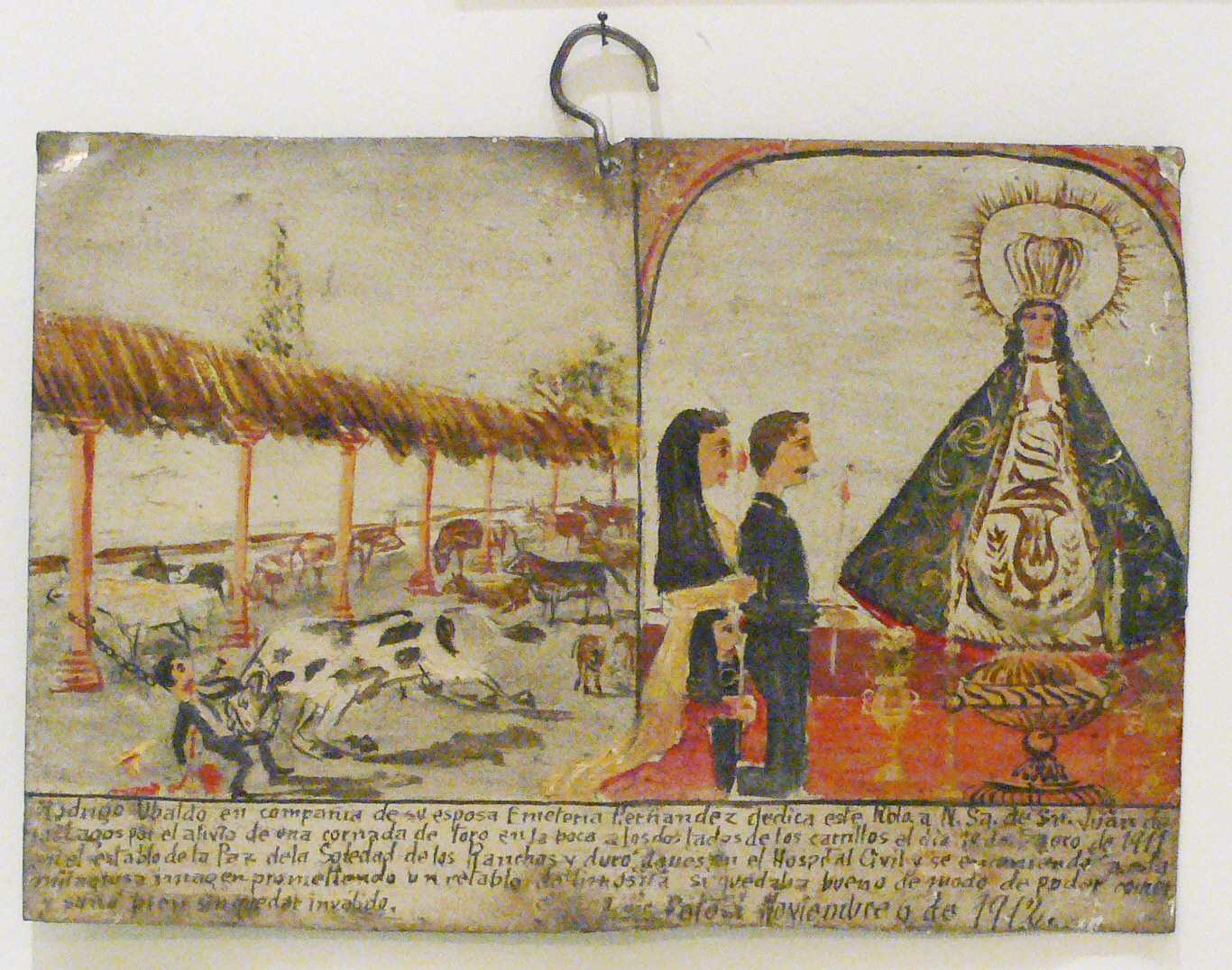|
Bergweiler
Bergweiler is an ''Ortsgemeinde'' – a municipality belonging to a ''Verbandsgemeinde'', a kind of collective municipality – in the Bernkastel-Wittlich district in Rhineland-Palatinate, Germany. Geography Location The municipality lies some 5 km west of the district seat, Wittlich, in the southern Eifel at an elevation of some 300 m above sea level, and affords a raised view into the ''Wittlicher Senke'' ( depression). Bergweiler belongs to the ''Verbandsgemeinde'' of Wittlich-Land, whose seat is in Wittlich, although that town is itself not in the ''Verbandsgemeinde''. Formerly the municipality was called “Bergweiler ''über'' Wittlich” (“above Wittlich”), which expressed both the proximity to the district seat and the municipality's geographical location. Land use The municipal area measures 13.25 km² of which 5.71 km² is used for agriculture and 6.33 km² is wooded. Neighbouring municipalities Bergweiler's neighbours are Wittlic ... [...More Info...] [...Related Items...] OR: [Wikipedia] [Google] [Baidu] |
Wittlich-Land
Wittlich-Land is a ''Verbandsgemeinde'' ("collective municipality") in the district Bernkastel-Wittlich, in Rhineland-Palatinate, Germany. It is located around the town Wittlich, which is the seat of Wittlich-Land, but not part of the ''Verbandsgemeinde''. On 1 July 2014 it was expanded with the municipalities of the former ''Verbandsgemeinde'' Manderscheid. Wittlich-Land consists of the following ''Ortsgemeinden'' ("local municipalities"): # Altrich # Arenrath # Bergweiler # Bettenfeld # Binsfeld # Bruch # Dierfeld # Dierscheid # Dodenburg # Dreis # Eckfeld # Eisenschmitt # Esch # Gipperath # Gladbach # Greimerath # Großlittgen # Hasborn # Heckenmünster # Heidweiler # Hetzerath # Hupperath # Karl # Klausen # Landscheid # Laufeld # Manderscheid # Meerfeld # Minderlittgen # Musweiler # Niederöfflingen # Niederscheidweiler # Niersbach # Oberöfflingen # Oberscheidweiler # Osann-Monzel # Pantenburg # Platten # Plein # Rivenich # Salmtal Salmt ... [...More Info...] [...Related Items...] OR: [Wikipedia] [Google] [Baidu] |
Bernkastel-Wittlich
Bernkastel-Wittlich (German: ''Landkreis Bernkastel-Wittlich'') is a district in Rhineland-Palatinate, Germany. It is bounded by (from the north and clockwise) the districts of Vulkaneifel, Cochem-Zell, Rhein-Hunsrück, Birkenfeld, Trier-Saarburg and Bitburg-Prüm. History The district was established in 1969 by merging the former districts of Bernkastel and Wittlich. Geography The district is situated on both banks of the Moselle, which crosses the territory from southwest to northeast. The country rises to the Eifel in the north and the Hunsrück in the south. A great number of tributaries rise in the Eifel and flow into the Moselle. In the very south of the district is the Erbeskopf (818 m), the highest peak in the Hunsrück and Rhineland-Palatinate. Coat of arms The coat of arms displays: * The cross symbolising the bishopric of Trier * The crayfish from the arms of Bernkastel-Kues * The keys from the arms of Wittlich * The red and white pattern of the County of ... [...More Info...] [...Related Items...] OR: [Wikipedia] [Google] [Baidu] |
Bruch, Rhineland-Palatinate
Bruch is an ''Ortsgemeinde'' – a municipality belonging to a ''Verbandsgemeinde'', a kind of collective municipality – in the Bernkastel-Wittlich district in Rhineland-Palatinate, Germany. Geography The municipality lies in the Eifel on the long-distance hiking trail, the ''Eifelsteig'', some 10 km west of the district seat, Wittlich, at an elevation of 190 m above sea level. Bruch also lies on both sides of the river Salm. It belongs to the ''Verbandsgemeinde'' of Wittlich-Land, whose seat is in Wittlich, although that town is itself not in the ''Verbandsgemeinde''. History Bruch's beginnings are believed to reach all the way back to Roman times. Finds and remains such as a Roman graveyard, for instance, are clues to this. In 1138, Bruch had its first documentary mention in the name ''Fridelo de Brucha'', who cropped up in the Himmerod Monastery's founding document. Until this Family “von Bruch” died out about 1334, the village's history was tightly bound ... [...More Info...] [...Related Items...] OR: [Wikipedia] [Google] [Baidu] |
Roman Catholicism
The Catholic Church, also known as the Roman Catholic Church, is the List of Christian denominations by number of members, largest Christian church, with 1.3 billion baptized Catholics Catholic Church by country, worldwide . It is among the world's oldest and largest international institutions, and has played a prominent role in the history and development of Western civilization.Gerald O'Collins, O'Collins, p. v (preface). The church consists of 24 Catholic particular churches and liturgical rites#Churches, ''sui iuris'' churches, including the Latin Church and 23 Eastern Catholic Churches, which comprise almost 3,500 dioceses and Eparchy, eparchies located List of Catholic dioceses (structured view), around the world. The pope, who is the bishop of Rome, is the Papal supremacy, chief pastor of the church. The bishopric of Rome, known as the Holy See, is the central governing authority of the church. The administrative body of the Holy See, the Roman Curia, has its pr ... [...More Info...] [...Related Items...] OR: [Wikipedia] [Google] [Baidu] |
Pilgrimage
A pilgrimage is a journey, often into an unknown or foreign place, where a person goes in search of new or expanded meaning about their self, others, nature, or a higher good, through the experience. It can lead to a personal transformation, after which the pilgrim returns to their daily life. Background Pilgrimages frequently involve a journey or search of moral or spiritual significance. Typically, it is a journey to a shrine or other location of importance to a person's beliefs and faith, although sometimes it can be a metaphorical journey into someone's own beliefs. Many religions attach spiritual importance to particular places: the place of birth or death of founders or saints, or to the place of their "calling" or spiritual awakening, or of their connection (visual or verbal) with the divine, to locations where miracles were performed or witnessed, or locations where a deity is said to live or be "housed", or any site that is seen to have special spiritual power ... [...More Info...] [...Related Items...] OR: [Wikipedia] [Google] [Baidu] |
Ex-voto
An ex-voto is a votive offering to a saint or to a divinity; the term is usually restricted to Christian examples. It is given in fulfillment of a vow (hence the Latin term, short for ''ex voto suscepto'', "from the vow made") or in gratitude or devotion. Definition Ex-votos are placed in a church or chapel where the worshiper seeks grace or wishes to give thanks. The destinations of pilgrimages often include shrines decorated with ex-votos. Ex-votos can take a wide variety of forms. They are not only intended for the helping figure, but also as a testimony to later visitors of the received help. As such they may include texts explaining a miracle attributed to the helper, or symbols such as a painted or modeled reproduction of a miraculously healed body part, or a directly related item such as a crutch given by a person formerly lame. There are places where a very old tradition of depositing ex-votos existed, such as Abydos in ancient Egypt. Ex-voto paintings Especially in th ... [...More Info...] [...Related Items...] OR: [Wikipedia] [Google] [Baidu] |
Architecture
Architecture is the art and technique of designing and building, as distinguished from the skills associated with construction. It is both the process and the product of sketching, conceiving, planning, designing, and constructing buildings or other structures. The term comes ; ; . Architectural works, in the material form of buildings, are often perceived as cultural symbols and as work of art, works of art. Historical civilizations are often identified with their surviving architectural achievements. The practice, which began in the Prehistory, prehistoric era, has been used as a way of expressing culture for civilizations on all seven continents. For this reason, architecture is considered to be a form of art. Texts on architecture have been written since ancient times. The earliest surviving text on architectural theory, architectural theories is the 1st century AD treatise ''De architectura'' by the Roman architect Vitruvius, according to whom a good building embodi ... [...More Info...] [...Related Items...] OR: [Wikipedia] [Google] [Baidu] |
Varsberg
Varsberg (german: Warsberg) is a commune in the Moselle department in Grand Est in north-eastern France. See also * Communes of the Moselle department The following is a list of the 725 communes of the Moselle department of France. The communes cooperate in the following intercommunalities (as of 2020):Communes of Moselle (department) {{ForbachBoulayMoselle-geo-stub ... [...More Info...] [...Related Items...] OR: [Wikipedia] [Google] [Baidu] |
French Revolution
The French Revolution ( ) was a period of radical political and societal change in France that began with the Estates General of 1789 and ended with the formation of the French Consulate in coup of 18 Brumaire, November 1799. Many of its ideas are considered fundamental principles of liberal democracy, while phrases like ''liberté, égalité, fraternité'' reappeared in other revolts, such as the 1917 Russian Revolution, and inspired campaigns for the abolitionism, abolition of slavery and universal suffrage. The values and institutions it created dominate French politics to this day. Its Causes of the French Revolution, causes are generally agreed to be a combination of social, political and economic factors, which the ''Ancien Régime'' proved unable to manage. In May 1789, widespread social distress led to the convocation of the Estates General of 1789, Estates General, which was converted into a National Assembly (French Revolution), National Assembly in June. Contin ... [...More Info...] [...Related Items...] OR: [Wikipedia] [Google] [Baidu] |
Hamlet (place)
A hamlet is a human settlement that is smaller than a town or village. Its size relative to a parish can depend on the administration and region. A hamlet may be considered to be a smaller settlement or subdivision or satellite entity to a larger settlement. The word and concept of a hamlet has roots in the Anglo-Norman settlement of England, where the old French ' came to apply to small human settlements. Etymology The word comes from Anglo-Norman ', corresponding to Old French ', the diminutive of Old French ' meaning a little village. This, in turn, is a diminutive of Old French ', possibly borrowed from (West Germanic) Franconian languages. Compare with modern French ', Dutch ', Frisian ', German ', Old English ' and Modern English ''home''. By country Afghanistan In Afghanistan, the counterpart of the hamlet is the qala ( Dari: قلعه, Pashto: کلي) meaning "fort" or "hamlet". The Afghan ''qala'' is a fortified group of houses, generally with its own co ... [...More Info...] [...Related Items...] OR: [Wikipedia] [Google] [Baidu] |
Imperial Immediacy
Imperial immediacy (german: Reichsfreiheit or ') was a privileged constitutional and political status rooted in German feudal law under which the Imperial estates of the Holy Roman Empire such as Imperial cities, prince-bishoprics and secular principalities, and individuals such as the Imperial knights, were declared free from the authority of any local lord and placed under the direct ("immediate", in the sense of "without an intermediary") authority of the Holy Roman Emperor, and later of the institutions of the Empire such as the Diet ('), the Imperial Chamber of Justice and the Aulic Council. The granting of immediacy began in the Early Middle Ages, and for the immediate bishops, abbots, and cities, then the main beneficiaries of that status, immediacy could be exacting and often meant being subjected to the fiscal, military, and hospitality demands of their overlord, the Emperor. However, with the gradual exit of the Emperor from the centre stage from the mid-13th centur ... [...More Info...] [...Related Items...] OR: [Wikipedia] [Google] [Baidu] |


.jpg)





